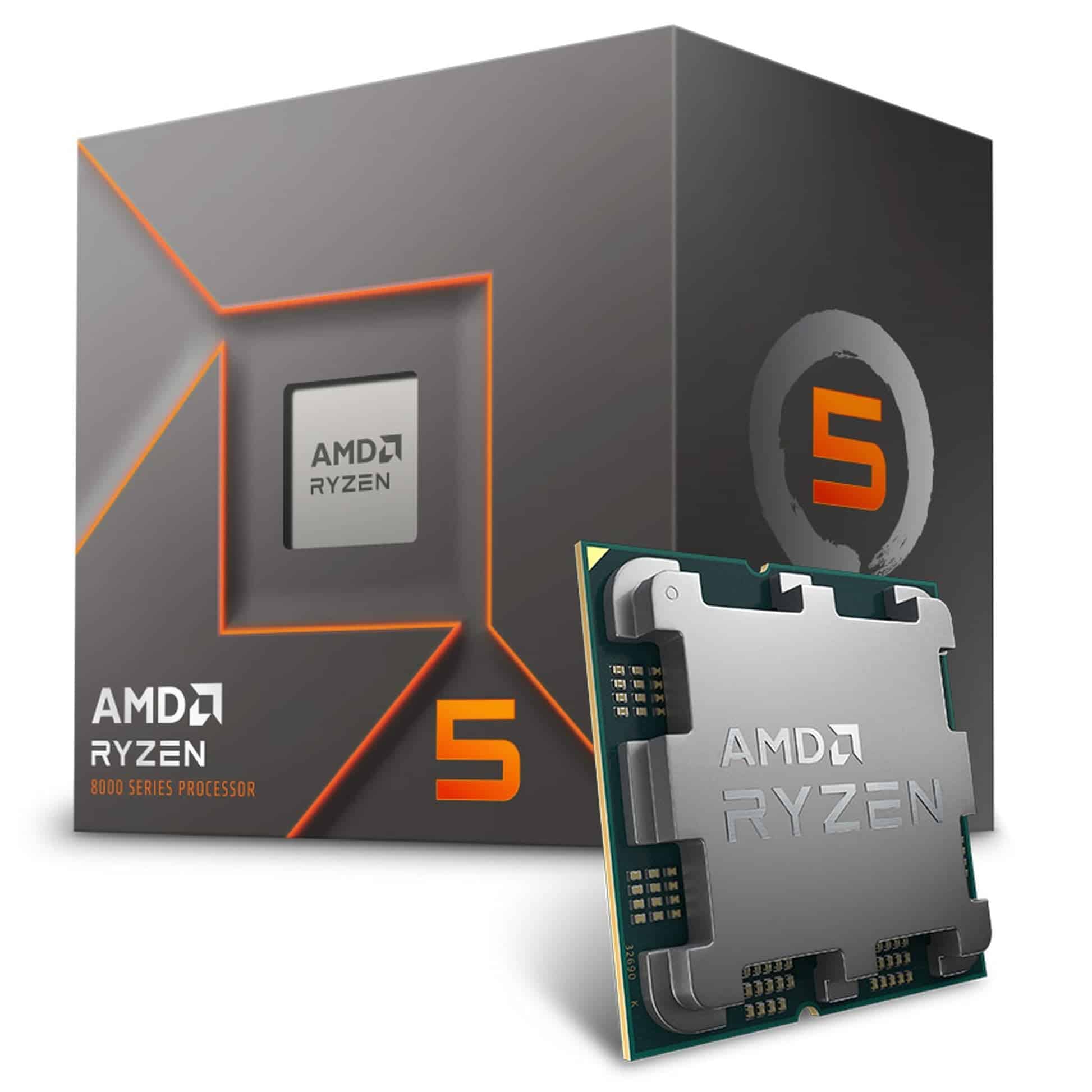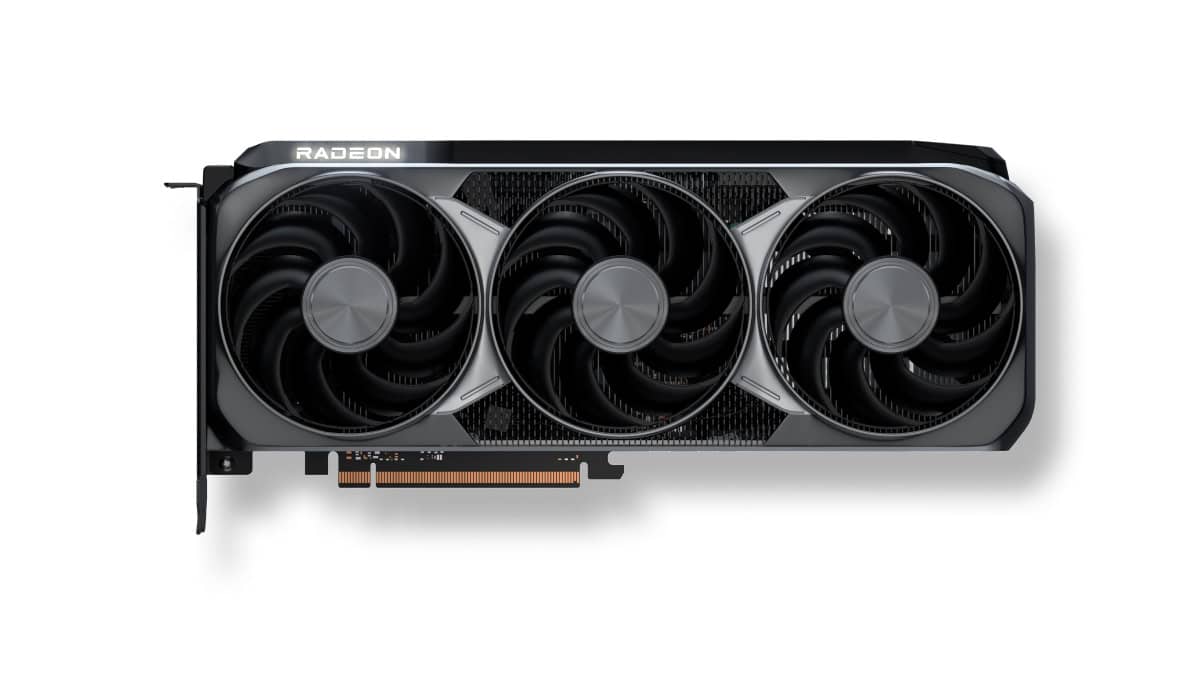AMD’s naming strategy has always walked a tightrope between technological chronology and marketing clarity. But with the Ryzen 9000 CPUs (Zen 5) and the Radeon RX 9000 series (RDNA 4) GPUs defining AMD’s next performance era, a question keeps cropping up: Where’s the RX 8000 series for desktop GPUs?
So far, AMD has released two mid-level options in the 9000 series of Radeon RX desktop GPUs: the RX 9070 XT and the RX 9070. Both models are based on the RDNA 4 architecture and were officially launched on March 6, 2025. They serve as successors to the AMD Radeon RX 7000 series, which was built on the previous RDNA 3 architecture and first introduced on November 3, 2022.
While it may seem like AMD skipped a generation with this release, the reality is more strategic and a bit more complex. The 8000 series does exist, but it’s not positioned where most gamers and PC enthusiasts expected it to be.
The Ryzen 8000G Series: An APU-Centric Strategy

First, let’s clear up the CPU side. AMD didn’t skip the 8000 series entirely—they just focused it on APUs (accelerated processing units). The Ryzen 8000G lineup, launched in early 2024, is based on Zen 4 architecture with integrated RDNA 3 graphics. These chips target budget desktops and small form-factor PCs, delivering competent gaming and multimedia performance without needing a discrete GPU.
For example, the Ryzen 7 8700G and Ryzen 5 8600G are solid choices for users looking to build affordable systems with respectable onboard graphics. But they’re not Zen 5, and they’re not part of AMD’s flagship CPU lineup—that baton has passed directly to the Ryzen 9000 series.
This segmentation helps AMD avoid muddying the waters. If both top-tier desktop CPUs and APUs shared the 8000 series branding, consumers might mistake integrated APUs for next-gen performance processors. By reserving the “9000” badge for Zen 5, AMD positions it as a clear next-gen leap, both technologically and psychologically.
AMD 8000 Series CPUs
| Name | Cores | Core Clock | Boost Clock | iGPU |
|---|---|---|---|---|
| AMD Ryzen 5 8400F | 6 | 4.2 GHz | 4.7 GHz | None |
| AMD Ryzen 5 8500G | 6 | 4.1 GHz | 5 GHz | Radeon 740M |
| AMD Ryzen 5 8600G | 6 | 4.3 GHz | 5 GHz | Radeon 760M |
| AMD Ryzen 7 8700F | 8 | 4.1 GHz | 5 GHz | None |
| AMD Ryzen 7 8700G | 8 | 4.2 GHz | 5.1 GHz | Radeon 780M |
- 8000 Series chips are based on Zen 4 and have a 65W TDP
Mobile RX 8000 GPUs: A Quiet Release
Interestingly, AMD did use the RX 8000 label—just not where most people noticed. In early 2024, AMD released several mobile GPUs, including the Radeon RX 8700M XT, under the RX 8000 series banner. These are laptop-only chips based on a tweaked version of RDNA 3.

This quiet move may be why AMD is hesitant to use the RX 8000 name on desktop GPUs: the branding is already in use for mobile, and applying it to both mobile and desktop could lead to confusion—especially when performance expectations differ dramatically between the two segments.
RDNA 4 and the Jump to RX 9000: A Clean Break
The now available Radeon RX 9000 series ushers in the RDNA 4 architecture, a new chapter in AMD’s GPU design. With it, AMD aims to address efficiency, ray tracing, and rasterization performance—all areas where NVIDIA currently holds a lead.
AMD leaked out early on that RDNA 4 won’t chase the ultra-high-end (like NVIDIA’s RTX 5090 or 5080 models), but will instead target the mid-to-upper range, focusing on performance-per-watt and pricing—areas where AMD has historically done well. The RX 9700 and RX 9700 XT already rival the RTX 5070 and 5070 Ti in some ways and have been very well received.
Coordinating Naming Across CPU and GPU Lines
By jumping directly to the RX 9000, AMD has synchronized this GPU launch with its corresponding Ryzen 9000 CPUs, reinforcing a cohesive next-generation ecosystem—Zen 5 combined with RDNA 4. This uniformity simplifies marketing and provides a clearer understanding for consumers: the 9000 series represents cutting-edge technology.
Similar to how the Ryzen 7000 series CPUs were aligned with the Radeon 7000 series GPUs, this new naming convention for the Ryzen 9000 series and Radeon 9000 series makes it easy for buyers to differentiate between the products. AMD has also streamlined their naming process by adjusting the numbering system within the series, opting for labels like 9070 and 9070 XT. This change clarifies that these graphics cards are in the same category as NVIDIA’s 5070 and 5070 Ti. In the previous generation of Radeon cards, designations such as 7700 XT and 7800 XT made comparisons to NVIDIA’s lineup, which included products like the 4070 and 4080, more challenging for consumers.
Could the RX 8000 Series Still Appear on Desktops?
There’s still a chance the RX 8000 series might show up in some limited or niche desktop capacity. For example, APUs with “Strix Halo”—an upcoming chip rumored to combine Zen 5 CPU cores with powerful RDNA 3.5 (a refined RDNA 3) graphics—may carry RX 8000 branding. But these would serve specialized markets like handheld gaming PCs or compact desktops.
Alternatively, AMD might reserve the RX 8000 label for OEM-only or region-specific models based on RDNA 3 refreshes. Think of how NVIDIA uses names like the RTX 3050 6GB for strategic price points and minimal architectural updates.
The Strategy Behind the Skip
AMD’s decision not to use the RX 8000 name for desktop GPUs comes down to four key reasons:
- Avoiding Branding Overlap
RX 8000 is already used for mobile GPUs. Using the same name for a different architecture and form factor could be messy. - Clear Generational Messaging
RX 9000 (RDNA 4) alongside Ryzen 9000 (Zen 5) paints a crystal-clear picture for consumers: this is the latest generation. - Marketing Momentum
Bigger numbers feel newer, faster, better. AMD’s jump from 7000 to 9000 echoes what smartphone makers do—skip numbers to signal innovation. - Room for Expansion
By keeping RX 8000 for mobile and possibly integrated GPU use, AMD gives itself breathing room for future products that aren’t flagship-level but still need a home.
Bottom Line
AMD didn’t forget the RX 8000 series—they just had a different plan for it. While mobile users got a taste of RX 8000 GPUs, desktop users can look forward to a more unified and future-focused RX 9000 series, built on the RDNA 4 architecture and synchronized with Zen 5 CPUs.
So yes, the 8000 number exists—but in AMD’s playbook, it’s a supporting act, not the headliner. The RX 9000 series is the main event, and it’s shaping up to deliver a tightly integrated generation of AMD performance, from silicon to branding.






